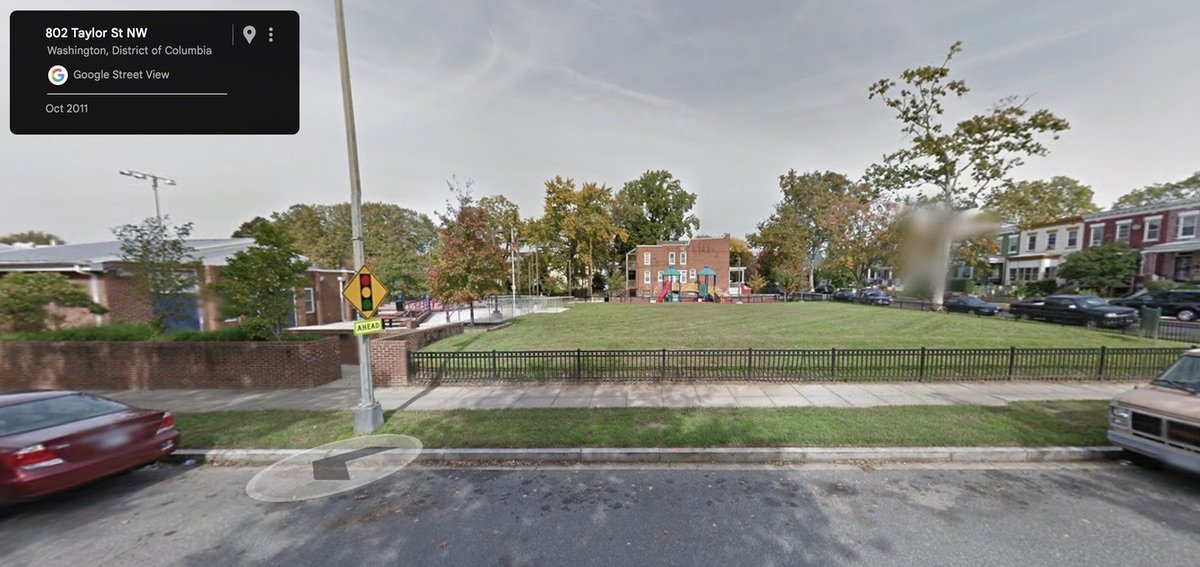Petworth blooming as Spring returns
/Spring has come to Petworth, and with it, the new blooms.
by Steven Feingold
Do you ever find yourself walking around our beautiful neighborhood admiring the flowers, but with no clue what it is you’re looking at? Let me try to help. Welcome to the second year of "Petworth Blooming.” Every month we’ll feature some of the most common plants seen around Petworth, and give a little info about each one.
Grape-Hyacinth growing in the triangle park at 4th and Buchanan
Just about ending its flowering run for the year is Grape-Hyacinth. This diminutive little spring bulb will slowly form clumps and is short enough that it can often survive in a lawn. The latin name is Muscari armeniacum, and sure enough, it is originally from Armenia and the surrounding region. The leaves will generally pop-up over the winter, with the flowers emerging in April.
Note: The National Arboretum’s annual plant sale is April 27th-28th, 2019). You can shop from multiple vendors in the same location and find a number of less common plants for sale.
Before it can make its delicious fruit, Strawberry has to flower first. Like many plants in the rose family, it has 5 petals arranged in a circle. Strawberries are very easy to grow, but they’ll send out runners and try to spread if given some space.
Strawberries flowering in the Barnard Elementary food garden.
One of my favorite flowers, Foamflower has both fantastic flowers, but also great foliage. This is a great native flower which grows well in the shade. The common name comes from the delicate look of the many tiny flowers. There are several cultivars with a wide range of leaf shapes and colors.
Foamflower on Allison Street NW. The yellow flowers in the background are Golden Alexander, and the blue is Woodland Phlox.
I couldn’t find why Golden Alexander is called “Alexander,” but it also has a great genus name Zizia, which comes from a German botanist, Johann Baptist Ziz. This is another great native plant which does well in sun or part shade and will spread nicely. It has deeply cut leaves, giving the foliage a somewhat fern-like appearance.
Golden Alexander in Grant Circle
Another of my favorite spring flowers is Columbine. There are native species throughout North America; the one native to our area is the Eastern Red Columbine. Columbines are easy to grow from seed and will spread easily on their own. They are short-lived perennials, so allowing new plants to come up from seed is essential if you want to keep this flower in your garden. There are a number of hybrids and colors available including blues, yellows and reds.
Eastern Red Columbine growing in the same garden as the Foamflower on Allison Street (left), while a hybrid Columbine grows out of a crack in a retaining wall on 5th Street. Self-seeding plants can end up growing anywhere!
Candytuft is my neighbor’s favorite flower, mostly because he planted it 15 year ago and hasn’t had to mess with it since. Originally from southern Europe, candytuft stays green over the winter and then puts on a great show of white flowers in April. It will often keep blooming (though not as profusely) for several months.
Candytuft along with woodland phlox and tulips makes for an excellent show along this 5th Street retaining wall
Bleeding Heart is named for the shape of its flowers, not its politics… (sorry). The showiest species come from Asia, but there are native species as well which tend to have a nicer more compact plant form. The flowers hang from arching stems above the fern-like foliage and do well in the shade.
Asian Bleeding Heart on 8th Street
Moving onto to some larger plants, Azalea is the real workhorse of the spring flowering shrubs (assuming you don’t have deer visiting your garden). Colors range from white to red to purple. The “bushier” azaleas are of Asian origin, while our native azaleas tend to take on a more “tree-like” form and bloom a couple of weeks later. The native species also include yellows and orange in the flower color palette.
On the left, a pinkish azalea at the 7th and Taylor triangle park, while a red-ish azalea contrasts nicely with some astroturf stairs.
A member of the olive family, Lilac is perhaps best known for its fragrance. Most varieties need lots of cold to bloom well, which is perhaps how it ended up as the State Flower of New Hampshire. There is a great collection of lilacs at the National Arboretum that’s worth checking out if you’re a fan of this flower.
Lilac blooming on Kansas Ave
Despite its odd name, Fothergilla has recently become quite popular as the interest in native plants has increased. It is a well-behaved bush with white puffs of flowers in the spring, and it has fantastic fall color. You’re most likely to see it around schools or libraries as it caught-on with institutional landscapers before the general public.
Fothergilla at the Barnard Playground
So what's blooming in May? We’ll talk about that, next month!











































